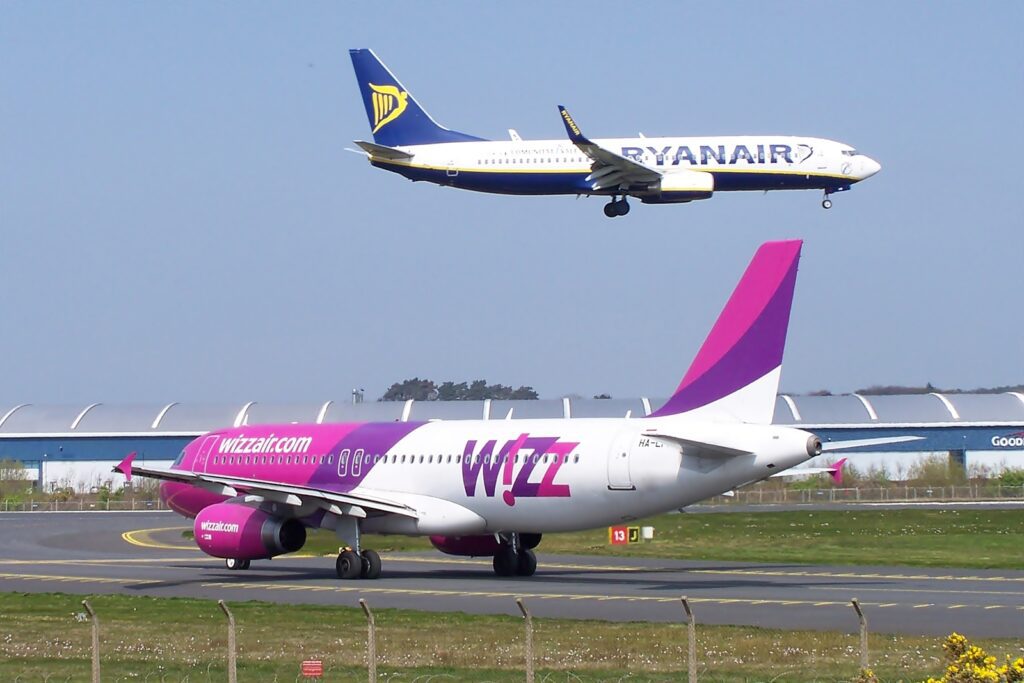
Image: Mark Harkin | Wikimedia Commons
Airlines that provide much cheaper tickets than conventional full-service carriers are referred to as budget airlines, or low-cost carriers (LCCs). They do this by concentrating on cutting expenses and offering just the most necessary service.
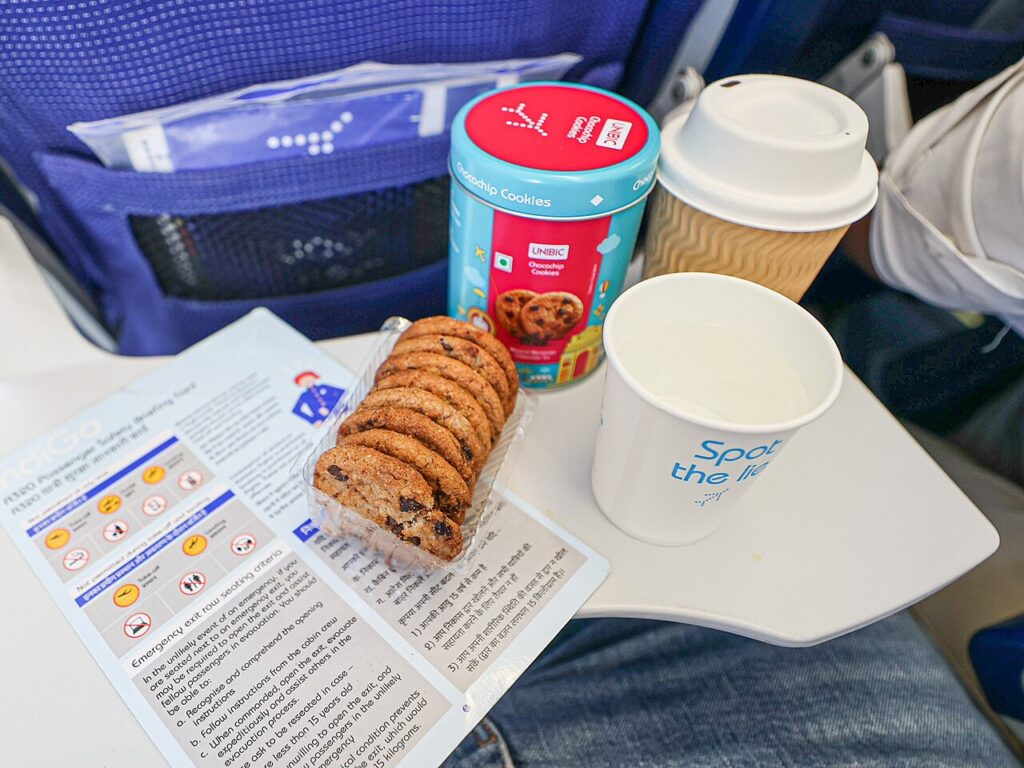
Image: Twitter- Simply Aviation| Wikimedia Commons
Budget carriers do not offer complimentary snacks. Indigo, an Indian low-cost carrier, does allow passengers to purchase water or food in flight but provides water cups devoid of any charges.
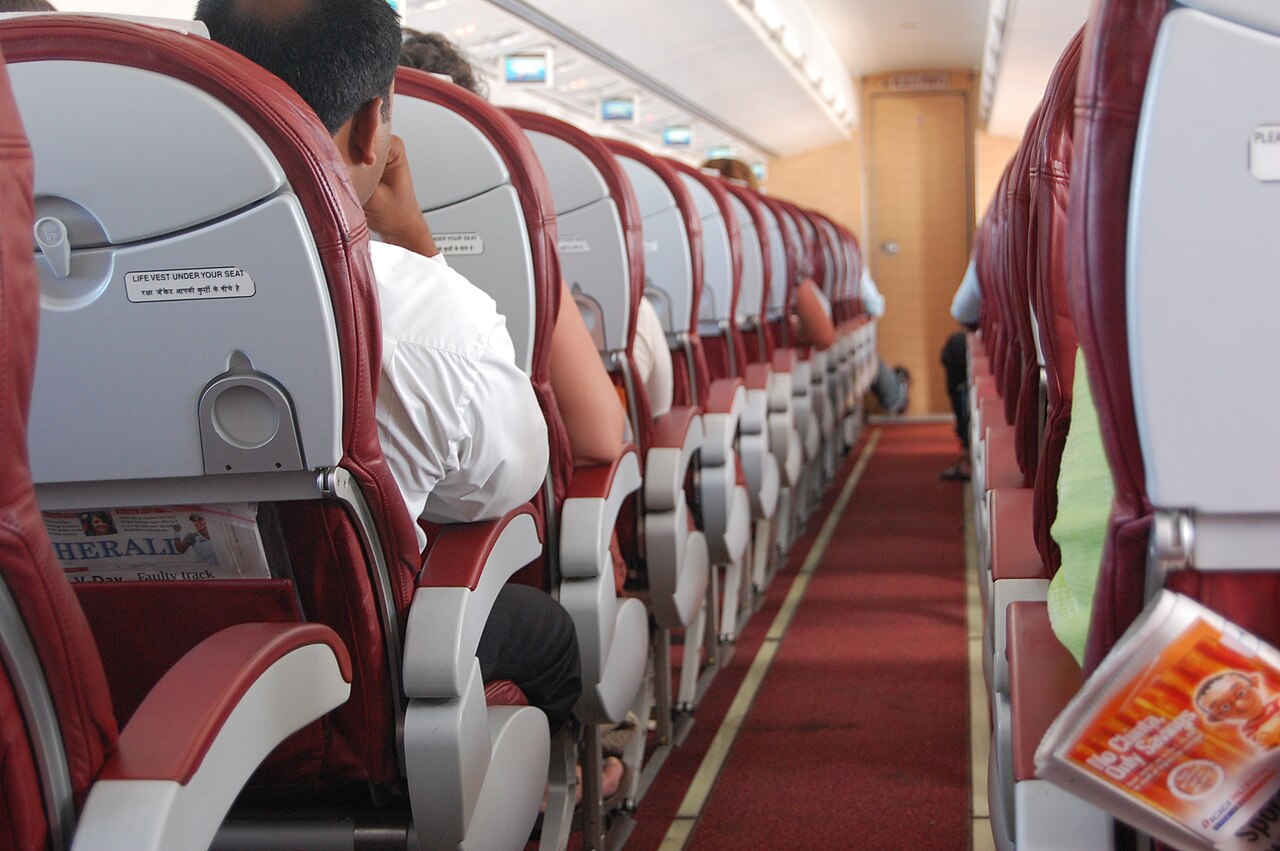
Image: Sreejith K | Wikimedia Commons
Budget carriers have the same seating configurations and thereby reduce any complexity in their operations. For example, all the Boeing 737 MAX-8 operated by Southwest Airlines (SWA) have an identical configuration – 175 Collins slimline seats arranged in a 3-3 configuration”, reports aerolopa.com.

Image: Chhutin Sherpa
Budget airlines can save a lot of money by using secondary airports, which often have lower landing fees and handling costs than principal airports. As the airports are less overcrowded, turnaround times and delays are faster, which is essential for low-cost carriers looking to optimize daily flight operation.
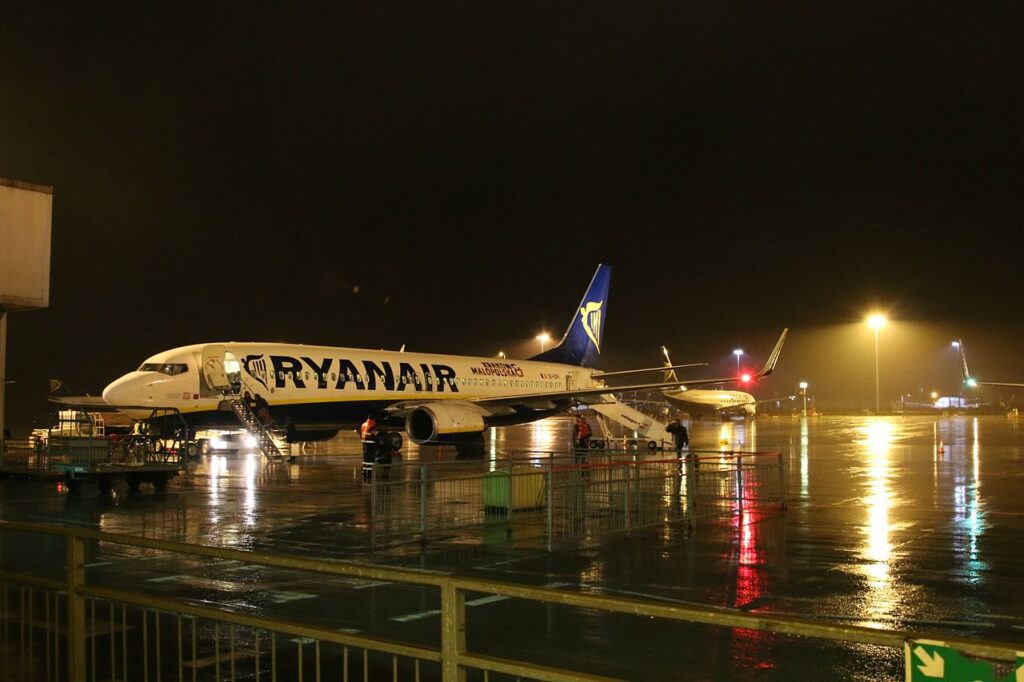
Image: Soynanii | Wikimedia Commons
Ryanair, for example, vowed never to operate from Heathrow airport in London as LHR is the most expensive airport in Europe. You can see Ryanair’s Boeing 737 operating from a secondary airport in London – the Stansted Airport (STN).
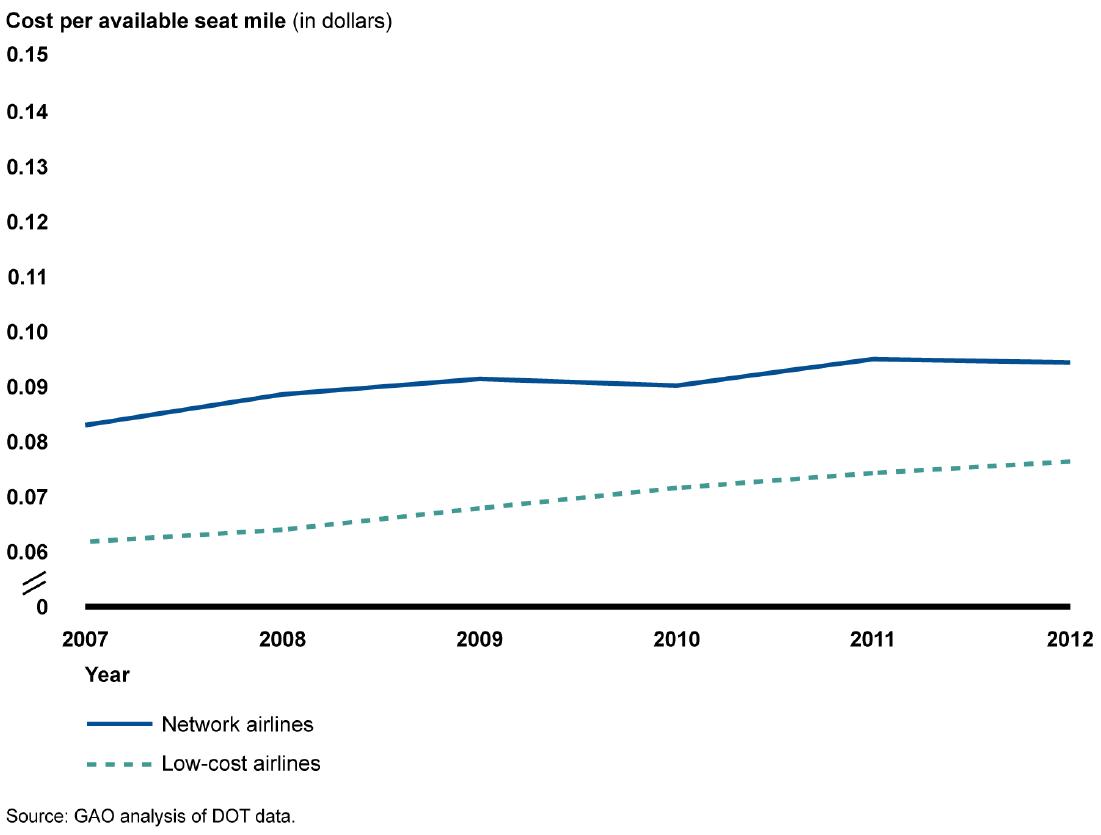
Maintaining low overhead costs is one of the main strategies used by low-cost airlines to keep their operational costs down. In order to concentrate resources on core operations, this method entails cutting operational, staffing, and administrative costs.
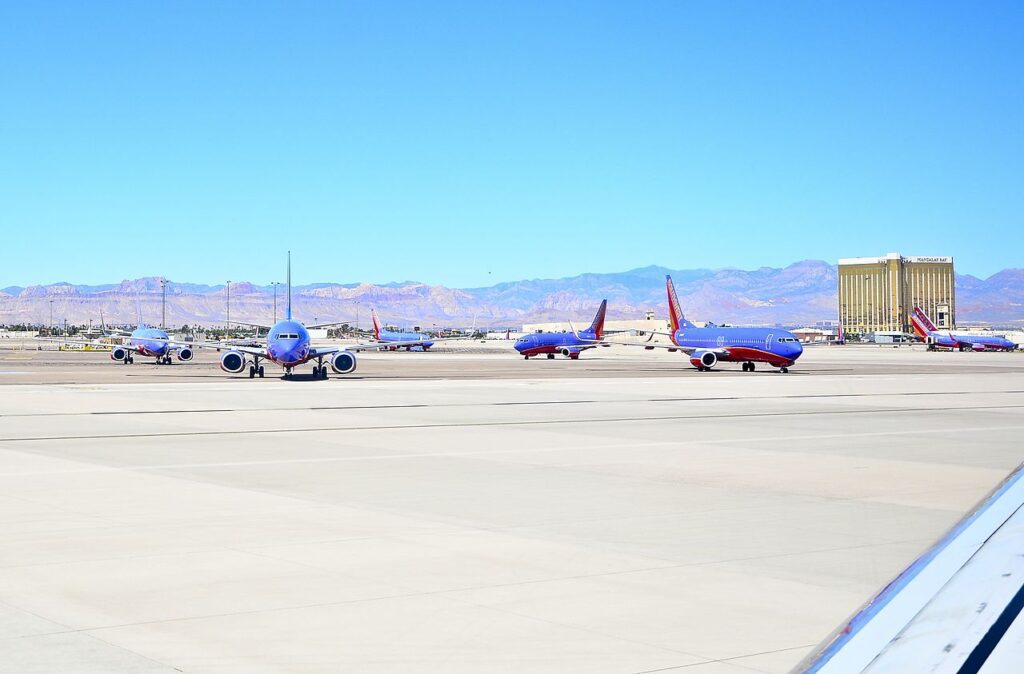
Image: Tomas Del Coro | Wikimedia Common
One of the most common tactics used by budget airlines to keep their costs low is by operating a fleet of the same type of aircraft. This cuts down on training engineers, pilots for different aircraft types. Southwest Airlines (SWA), for example, has a fleet that comprises entirely of the Boeing 737.
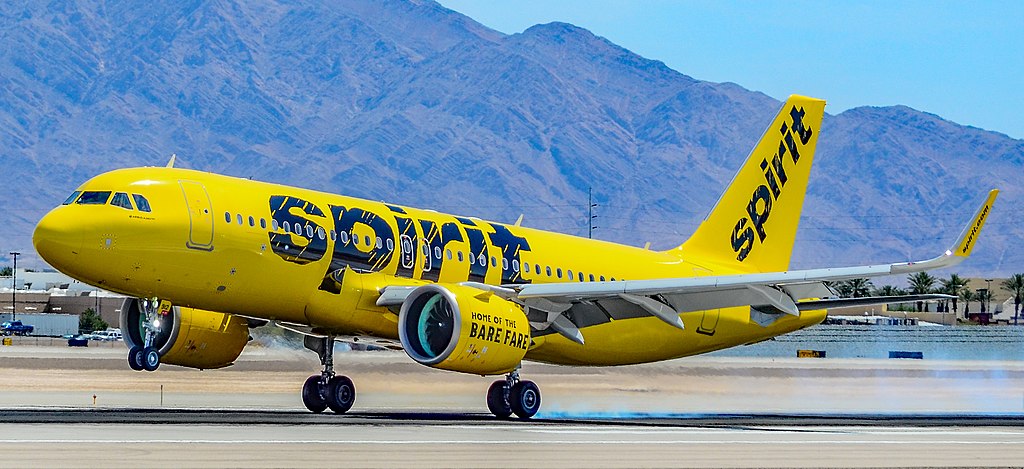
Image: Tomas Del Coro | Wikimedia Commons
Spirit Airlines introduced a carry-on bag fee. This was designed as “a way to reduce gate delays caused by gate-checking bags that wouldn’t fit onboard”. Such ancillary fees help airlines make their operations in the airport smooth. Airlines like Spirit fall int eh category of Ultra Low-Cost carriers (ULCC), separating them from LCCs.
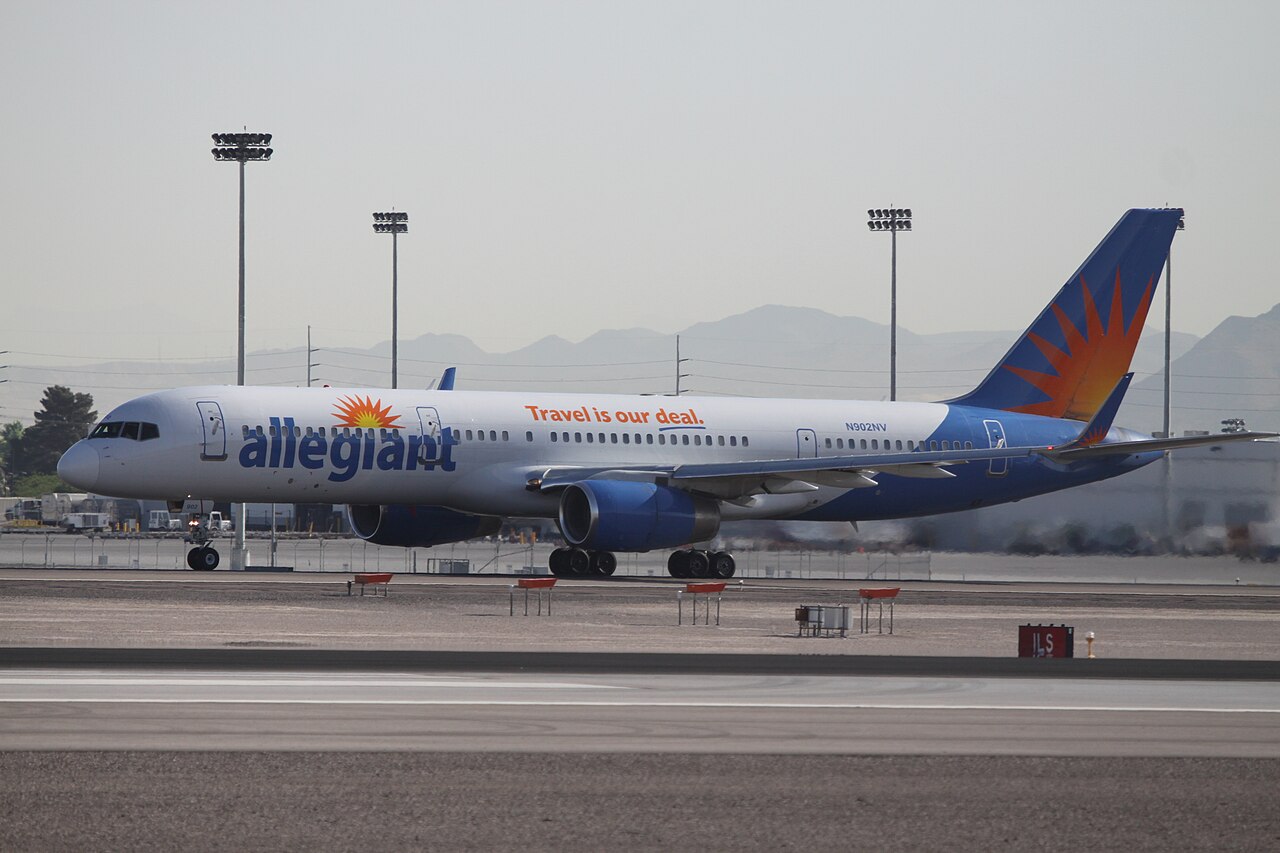
Photo: Aeroprints.com | Wikimedia Commons
Allegiant recently announced the addition of forty-four new routes and said that the company’s commitment was “to providing ultra-low-cost airfare to underserved communities with limited or no air service. A core aspect of Allegiant’s business model is to provide service during periods with strong leisure demand, such as holidays, summer, weekends, and school breaks.””
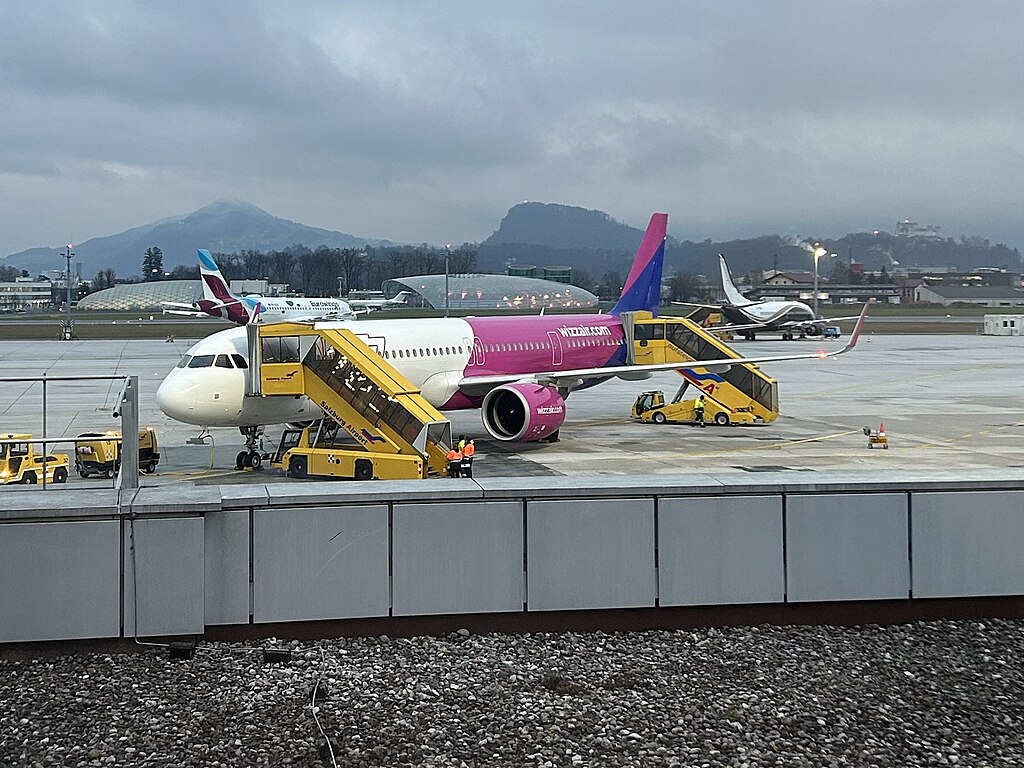
Photo: Stephen Jones | Wikimedia Commons
While LCCs charge for certain services have a few services included in the base fare, ULCCs generate more of their revenue from additional fees such as those for seat assignments, baggage, and refreshments.
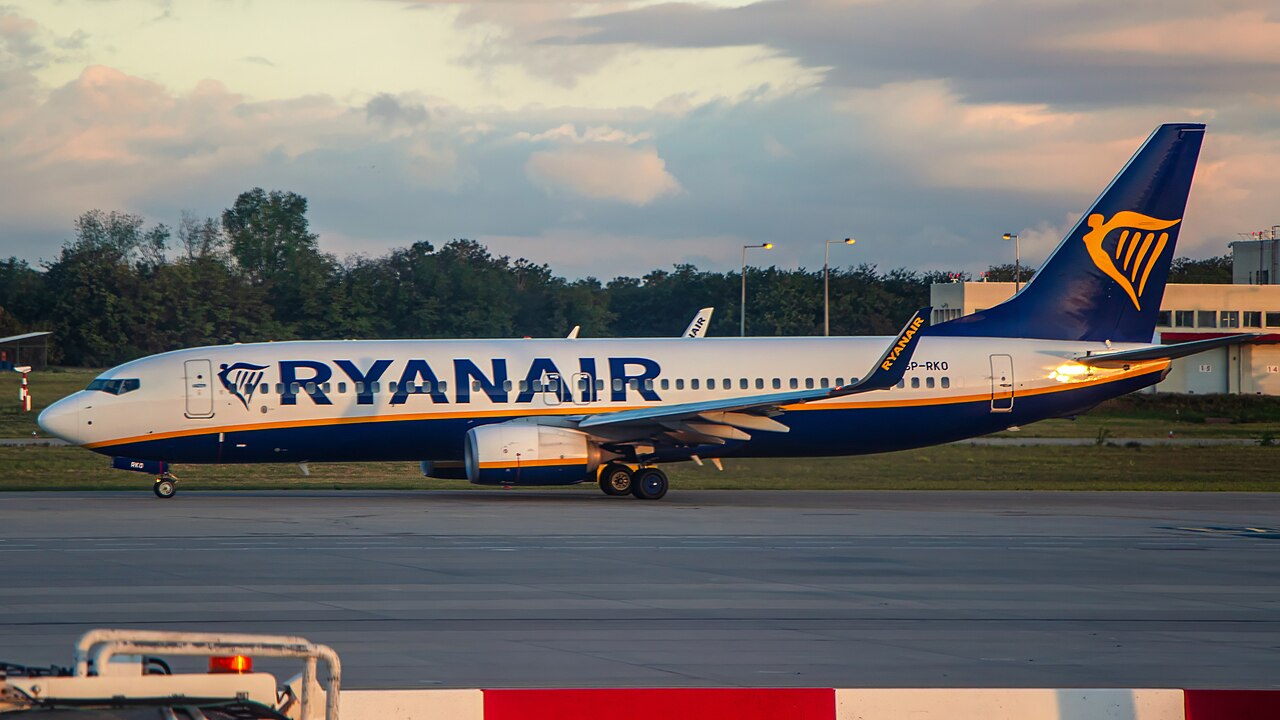
Ryanair has a quick turnaround time of 25 minutes, and this also adds to its ULCC model.
Photo: DavidivardiIL | Wikimedia Commons
Ryanair has no seatback pockets, meaning that the rubbish in the aircraft doesn’t have to be cleaned before boarding new passengers. The airline also begins boarding before passengers have left the plane, reducing the time its aircraft stay on the ground. This helps the airline save money.
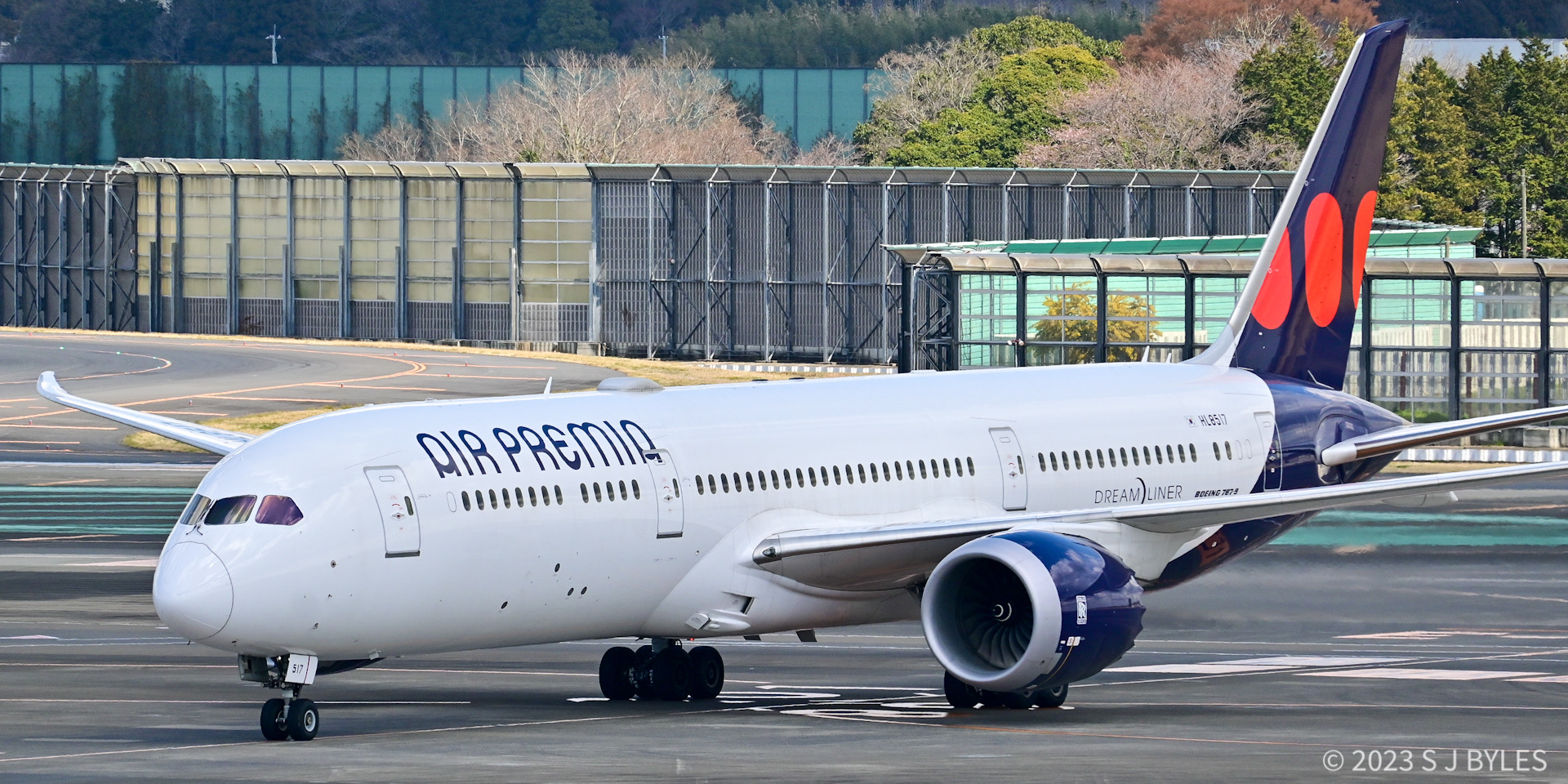
Photo: Steven Byles | Wikimedia Commons
Some carriers might, like Air Premia, call themselves or act like a “Hybrid Carrier” mimicking some aspects of LCCs and those of non-budget carriers. Air Premia provides a higher level of service than low-cost carriers such as 23 kg of baggage allowance but has lower operating costs than larger, full-service airlines.
